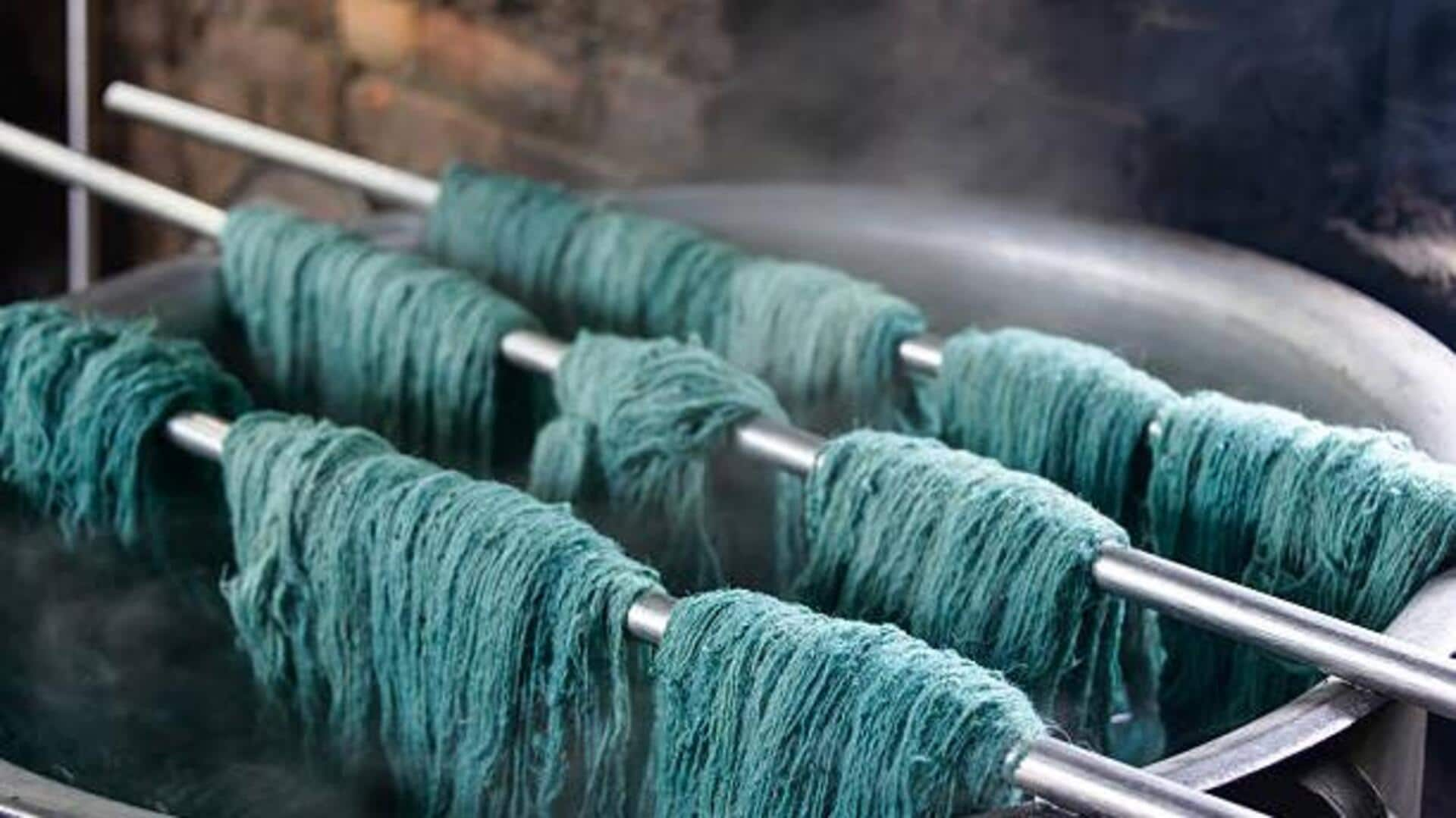
How textile dyeing is revolutionizing fabric art
What's the story
African textile dyeing techniques are revolutionizing the fabric art industry, providing innovative methods that are gaining global recognition. These age-old techniques, which are rich in cultural heritage, are now being adopted by artists and designers around the world. The unique patterns and vibrant colors produced by these methods offer new possibilities for creative expression in the textile industry. Here's how these techniques are changing the fabric art landscape.
#1
Traditional methods meet modern design
Traditional African dyeing methods, like tie-dye and batik, are being integrated into modern design practices. These techniques involve intricate patterns and bold colors that catch the eye. Designers utilize these traditional methods to add depth and character to their creations, resulting in a fusion of old and new that appeals to a wide audience.
#2
Sustainable practices in textile production
African textile dyeing techniques also emphasize sustainability, using natural dyes from plants and minerals. This eco-friendly approach reduces reliance on synthetic chemicals, making it an attractive option for environmentally conscious consumers. The growing demand for sustainable products has led to increased interest in these traditional methods, influencing global textile production practices.
#3
Cultural influence on global fashion trends
The rich cultural heritage behind African textile dyeing is also influencing global fashion trends. Designers draw inspiration from the vibrant colors and unique patterns characteristic of these techniques. This cultural exchange enriches the fashion industry with diverse influences, while also promoting appreciation for African artistry.
#4
Educational initiatives promoting textile arts
Educational initiatives are also crucial in promoting African textile dyeing techniques. Workshops and programs teach these methods to new generations of artists and designers. By preserving these skills, the initiatives ensure that this vital part of the global fabric art industry continues to thrive and evolve.